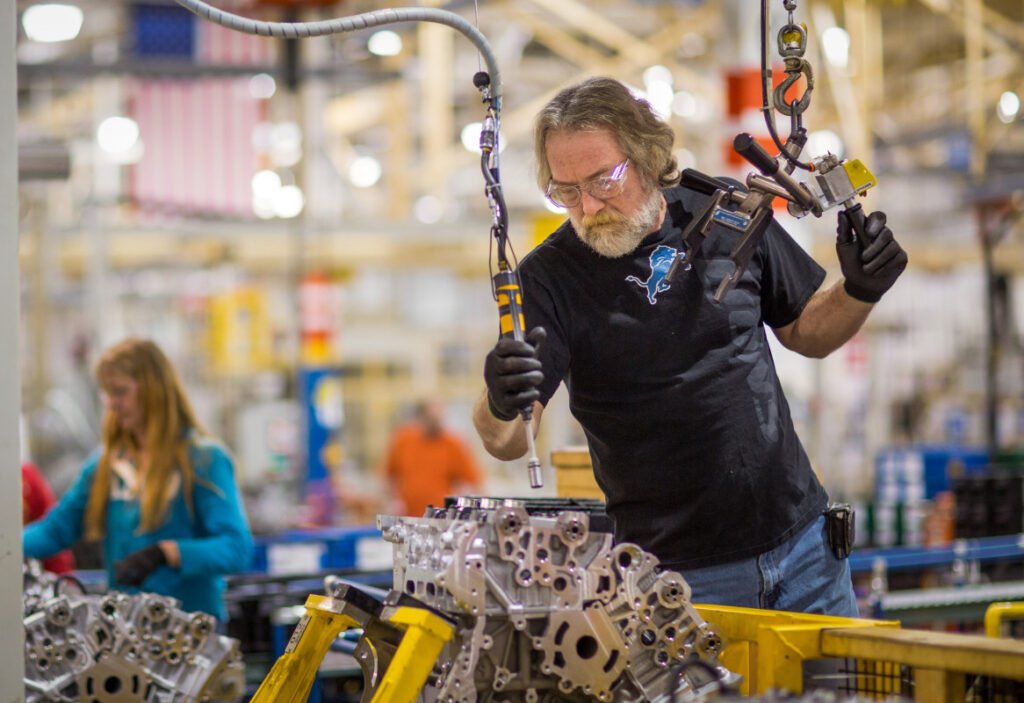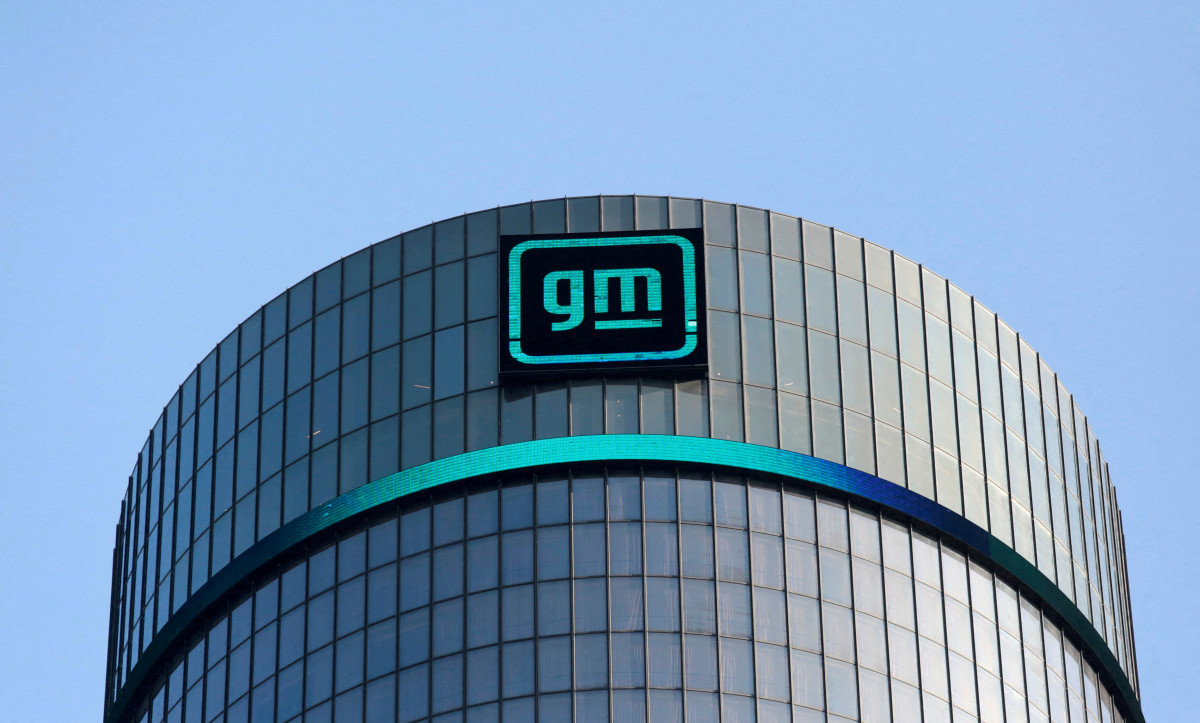
General Motors is telling thousands of suppliers to begin phasing out China-sourced components for its North American–built vehicles, aiming for a transition as early as 2027, as reported by Reuters.
The automaker wants everything from electronics and wiring to raw materials and basic hardware sourced closer to home as geopolitical tensions rise and supply-chain risks grow. The move comes as GM reshapes its broader manufacturing strategy during a period of financial pressure and operational resets, including the $1.6 billion charge linked to its updated EV plans.
General Motors
GM’s New Sourcing Push
GM has asked suppliers to map every part tied to China and prepare alternative production routes across North America, Europe, India, and other unrestricted regions. The directive spans semiconductors, sensors, castings, wiring harness components, lighting, interior electronics, and even low-cost fasteners that have long relied on China’s manufacturing scale. Suppliers note that some of these supply chains have been built over 20 to 30 years, and unwinding them under a tight timeline will be complex and expensive.
This initiative mirrors other pressure points in GM’s EV rollout, including the slowdown in its commercial van program. By restructuring its sourcing model, GM is attempting to stabilize production and reduce vulnerability as global trade rules continue to shift.

Why GM Is Making the Change
GM argues that sourcing components in the same region where vehicles are built reduces exposure to tariffs, logistics disruptions, and sudden export restrictions. China’s tightening controls on critical materials and semiconductors accelerated the urgency. Despite the cost of restructuring, GM is attempting to build momentum behind its EV growth, now strong enough to place the company at No. 2 in U.S. electric-vehicle sales.
Suppliers caution that meeting GM’s 2027 target may require new factories, new partnerships, and significant capital, with higher component costs likely in the short term. But GM views the transition as essential to long-term reliability.

What It Means for the Auto Industry
If GM completes this shift, it could set a benchmark for the industry. More automakers may move toward regionalized supply chains as trade barriers tighten, political risks increase, and pressure grows to reduce exposure to single-country dependencies. While costs may rise, manufacturers would gain greater protection from global shocks, better control of their production cycles, and clearer visibility into the flow of critical components.
GM’s directive marks the beginning of a new sourcing era, one where resilience, not cost alone, shapes how modern vehicles are built, tested, and delivered.


